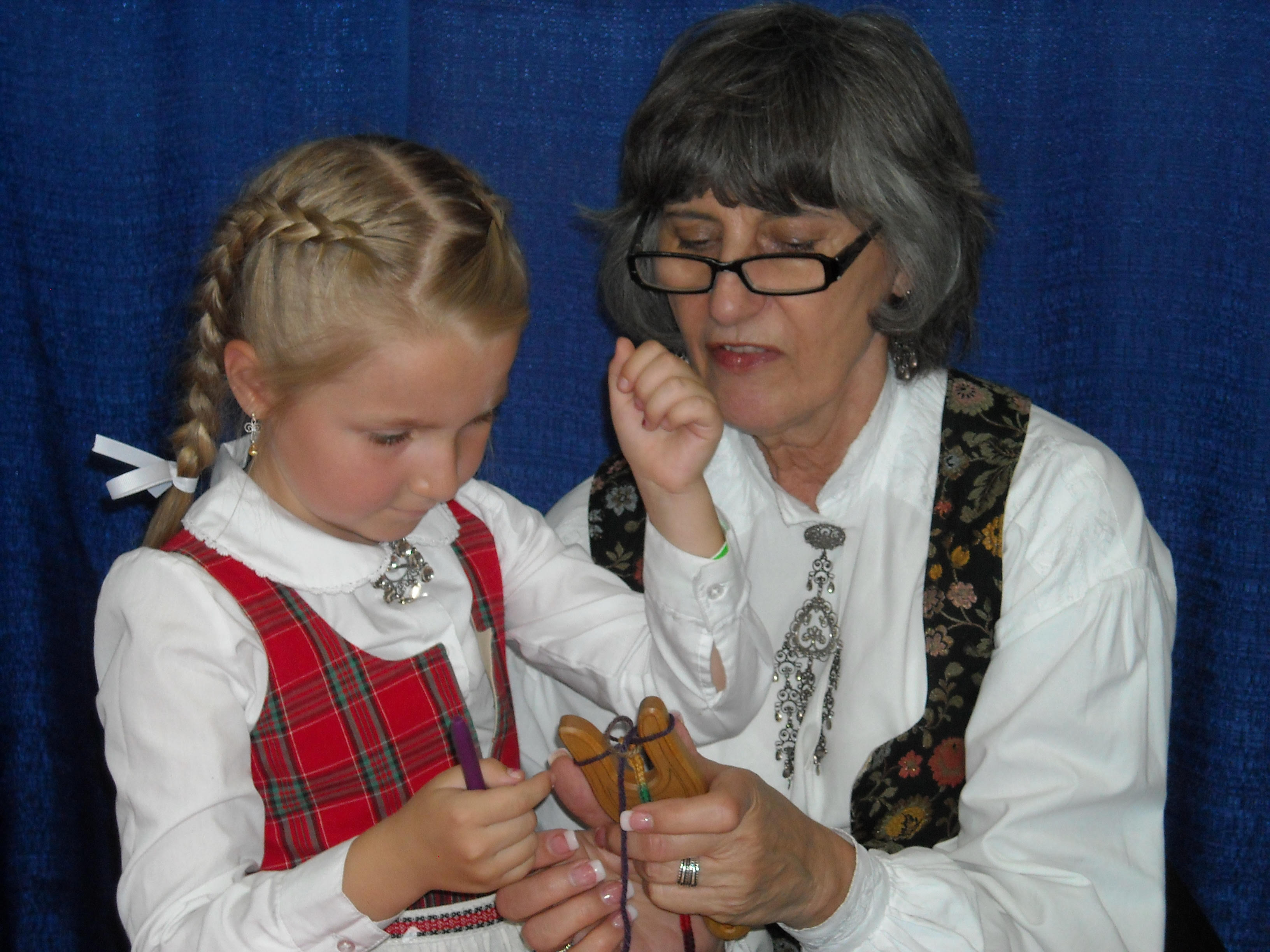
Humans would be in pretty sorry shape if we hadn’t learned to make string. Certainly, we would have been very cold without the textiles that evolved from the first spun fibers. Farming would have remained quite primitive if we couldn’t attach stone tools, such as ax heads, to handles. In fact, some archaeologists and anthropologist now theorize that the reason farming developed in the first place was to have a secure source of flax, not food.
A recent discovery in south-eastern France may be evidence that there was spinning before there were modern humans. (Many devout spinners believe there is no life without a spindle and some fiber at hand, so they would not be shocked at this hypothesis.) A 90,000-year-old piece of string was found in a Neanderthal site, along with some stone artifacts. This predates the arrival of Homo Sapiens in Europe, giving a little more polish to our contemporary image of our ancient cousins.
Early spinners progressed from string to thicker yarns and to cords and ropes. Fast forward to the Viking era, and women were making a four-sided cord that was strong, decorative, and had a degree of elasticity. They made it by looping string or yarns around a tool called the snorgaffel, also known by the less entertaining name of “lucet.”
In the Viking era, clothing was tied onto the body. Belts were essential and lucet cord made excellent ones. In the Medieval period, lucet cord was needed to keep one’s stockings up and to hang items from one’s tunic belt.
The use of lucets spread south. “They were in use in Europe from at least the 16th century until the advent of machine-made cords in the 1830s,” says Nancy Enstad, who uses and teaches the lucet. Elizabethans used it for bodice ties and Victorians made neck chains and silk watch fobs. “Today it is used by knitters and weavers for practical things such as drawstrings and shade pulls,” says Nancy. She first became interested in lucets while researching her role as a costumed demonstrator for the 2002 Smithsonian exhibit, “Vikings, the North Atlantic Saga.” The traveling exhibit came to the Science Museum of Minnesota, where Nancy and her husband Dick gave hands-on demonstrations to visitors. Nancy taught people to make authentic cording and Dick used a bow lathe to make wooden game pieces for Viking-era board games.
Lucets can be very simple devices, but textile people love their tools and lucets have also been made from bone, horn, ivory, tortoise-shell, and mother-of-pearl. Some of the Viking versions that have been found have metal inlays.
A four-sided decorative cord is a long way from plant fibers rolled together in a Neanderthal cave, but we owe those ancient peoples a “thank you” for getting it all started.
***
Want to know how to lace your bodice after you make your lucet cord? Prior Attire is happy to show you:
https://www.youtube.com/watch?v=HDZXA6IWkIo